Some 350,000 people in famine in Ethiopia’s Tigray: UN document
An analysis by a high-level UN-led committee has estimated that some 350,000 people are in famine conditions in Ethiopia's restive region of Tigray, as a result of a months-long armed conflict that triggered a refugee crisis and a humanitarian disaster there.
The analysis, conducted by the UN's Integrated Food Security Phase Classification (IPC), has found that millions of other people in Tigray required "urgent food and agriculture/livelihoods support to avert further slides towards famine," according to an internal UN document seen by Reuters on Wednesday.
UN agencies, aid groups, governments and other relevant parties use the IPC to work together to determine the severity of food insecurity.
The estimate was presented on Monday at the Inter-Agency Standing Committee (IASC) on the situation in Tigray, which is comprised of at least 18 UN and non-UN organizations and is chaired by the top UN relief official Mark Lowcock.
Diplomats say the analysis could be released publicly as soon as Thursday.
The Ethiopian government has reportedly disputed the IPC analysis, saying there was no risk of famine in the northern Tigray region.
"On the risk of famine, it was noted that the unpublished IPC analysis figures were being disputed by the Ethiopian government, notably the estimated 350,000 people across Tigray believed to be in IPC 5 famine conditions," according to the notes from the IASC meeting.
A senior Ethiopian diplomat in New York, speaking on condition of anonymity, confirmed the government disputed the analysis, questioning the survey methods and accusing the IPC of a lack of transparency and not enough consultation with relevant authorities.
The Ethiopian government's emergency task force for Tigray, Prime Minister Abiy Ahmed's office and the Foreign Ministry did not immediately respond to a request for comment.
The latest development comes as Mark Lowcock has already warned that famine is imminent in Tigray and other areas in Ethiopia’s north, stressing that there is a risk that hundreds of thousands of people or more will die.
The UN humanitarian chief has also said in a recent statement that the economy has been destroyed along with businesses, crops and farms and there are no banking or telecommunications services.
Ethiopia and neighboring Eritrea sent troops into Tigray in November after accusing the once-dominant regional ruling party, People’s Liberation Front (TPLF), of launching attacks on Ethiopian federal army troops based in the region.
Rights groups and aid organizations who made their way into Tigray reported that the troops had committed violations and massacres in the region.
The months-long conflict between Ethiopian troops and those loyal to the leadership of TPLF in Tigray killed thousands of people and forced hundreds of thousands from their homes in the mountainous region.
The United Nations World Health Organization (WHO) Director-General Tedros Adhanom Ghebreyesus had already warned that Tigray was facing a horrifying situation with people dying of hunger and poor health.
Meanwhile, the United Nations (UN) has criticized the lack of access to all areas of Tigray for humanitarian workers seeking to deliver aid.
UN spokesman Stephane Dujarric said on Wednesday that there had been reported incidents of denial of the movement of aid and the interrogation, assault and detention of humanitarian workers at military checkpoints, along with looting and confiscation of humanitarian assets and supplies by the parties to the conflict.
Some areas of Tigray remain inaccessible, Dujarric said, and in those areas “the situation is dire, including dysfunctional water systems and limited or no health facilities.”
"Levels of food insecurity and malnutrition are at alarming levels," he noted, adding there had been reports of starvation among displaced people, while there was a severe need for food in northwest Tigray after the burning or looting of harvests. He did not attribute blame.
Another UN spokesperson declined to comment specifically on the internal IASC notes.
Before the conflict broke out in the region, Tigray was home to around 5.5 million people, according to UN estimates.
That figure included more than 100,000 internally displaced people and 96,000 refugees, who were already dependent on food assistance.
Many people displaced by the violence have sought refuge in neighboring Sudan.
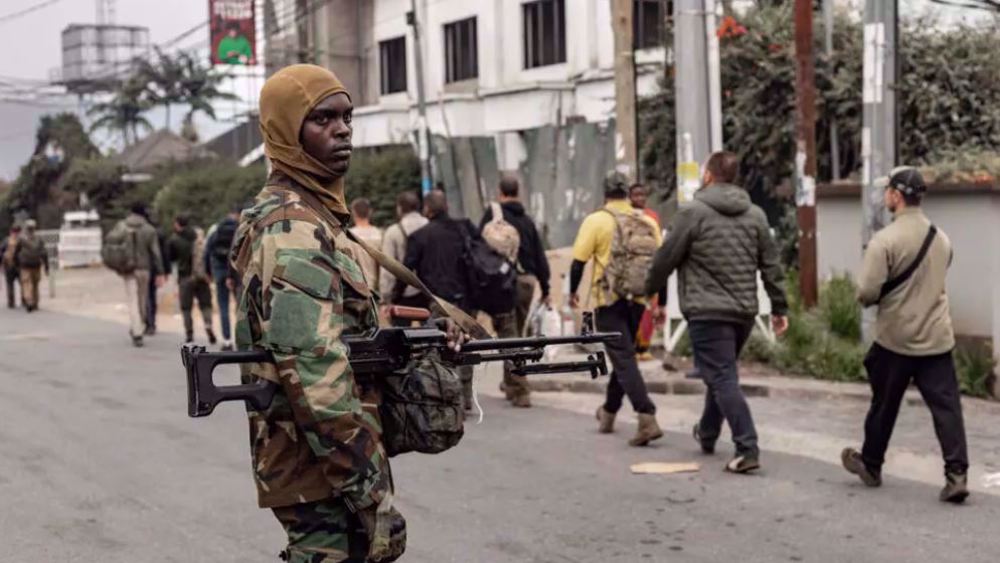
7,000+ killed in eastern DR Congo since January: PM
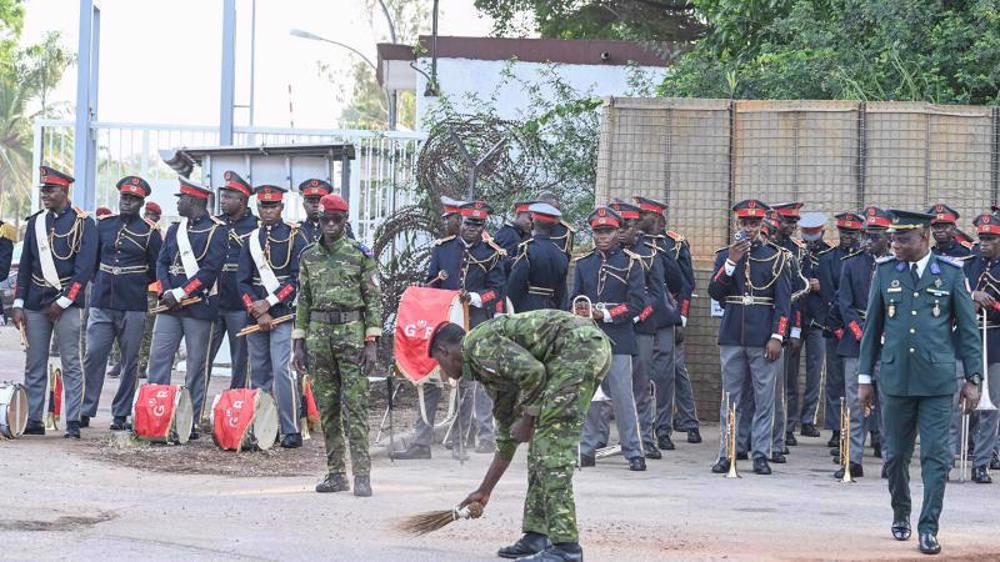
France hands back sole military base in Ivory Coast
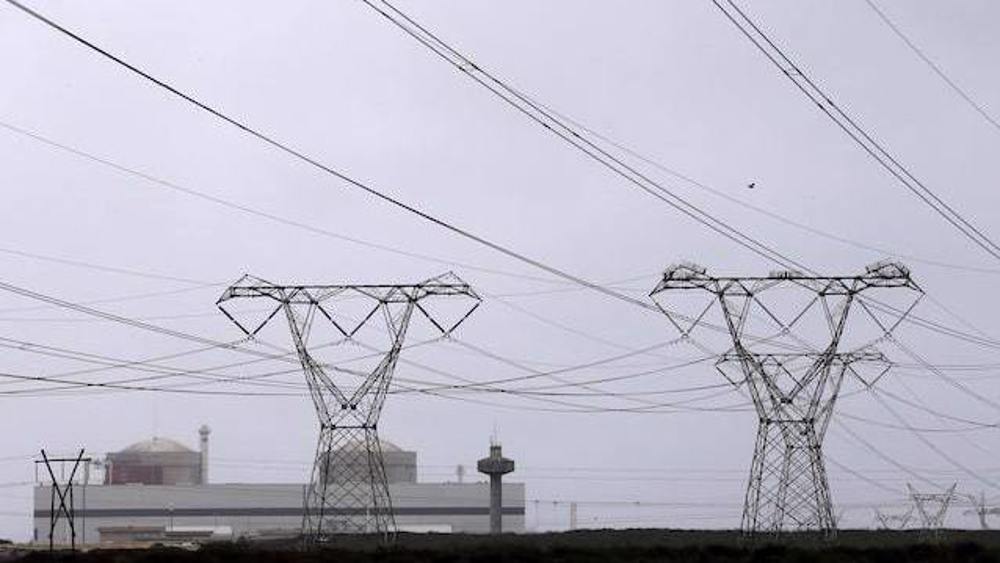
South Africa open to nuclear cooperation with Iran and Russia, despite US threats
Israel’s massacres won’t grant it ‘legitimacy’: Hamas on 31st anniversary of Ibrahimi Mosque tragedy
French leader decries ‘unprecedented diplomatic scandal’ after Israel bars European MPs
VIDEO | Washington’s failed projects
VIDEO | Islamabad exhibition exposes Israeli atrocities in Gaza
Trump rescinds arms sales regulation in favor of Israel, sources say
Iran’s president vows to accelerate cooperation with Russia
Palestinian says Israeli jailers poured acid on him during interrogation
Iran, Turkmenistan seek increased cargo transit via railways









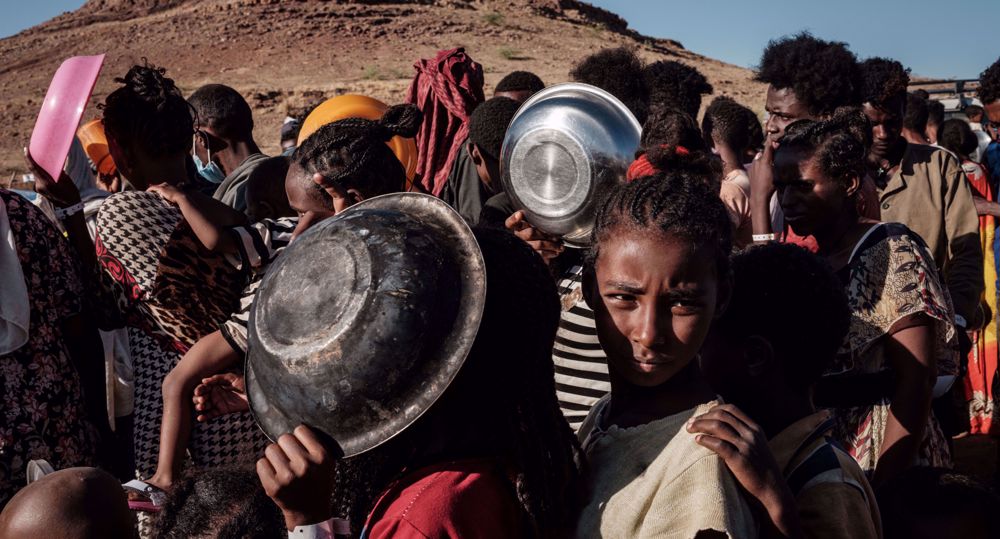
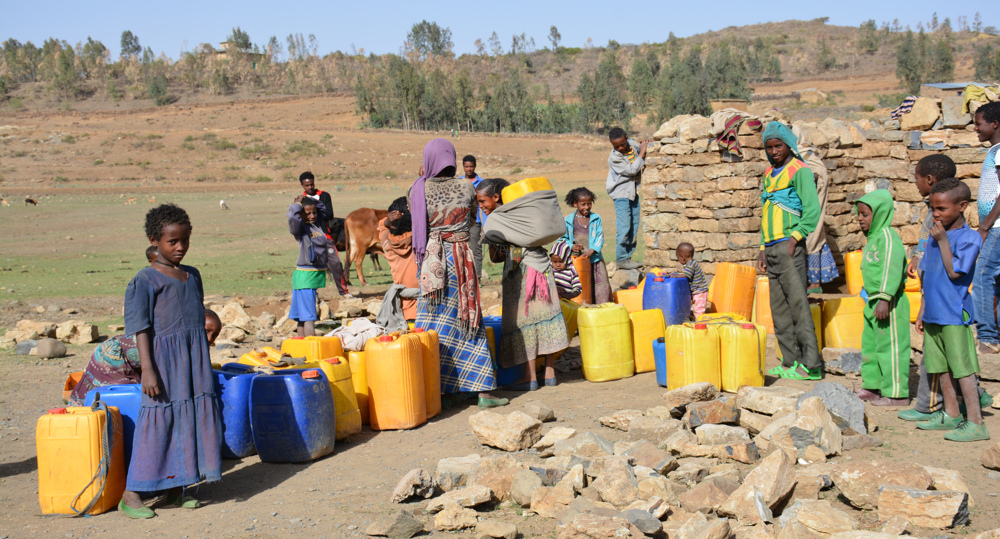
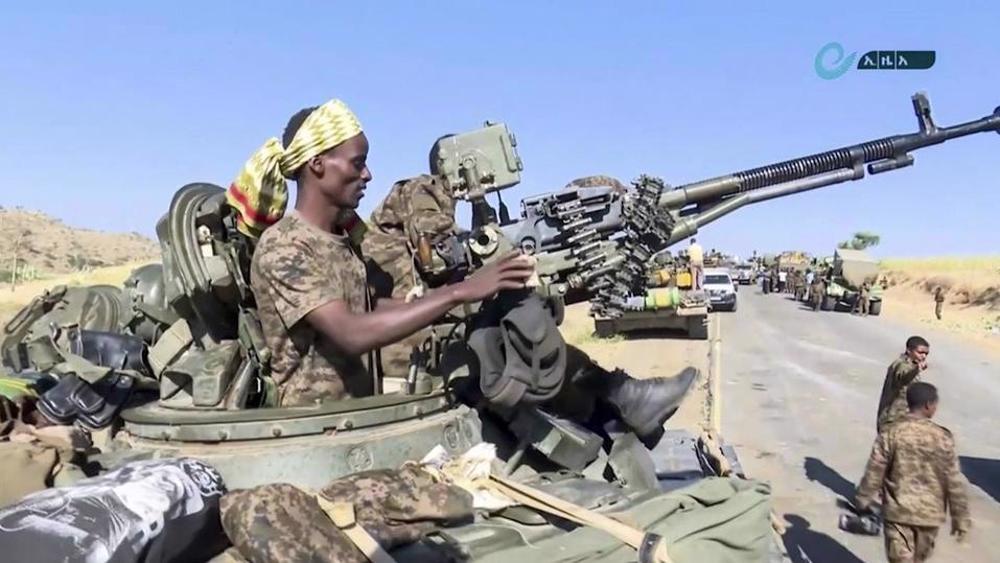

 This makes it easy to access the Press TV website
This makes it easy to access the Press TV website